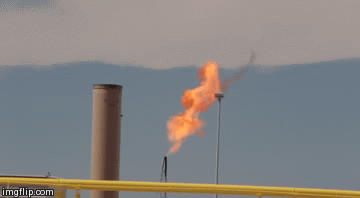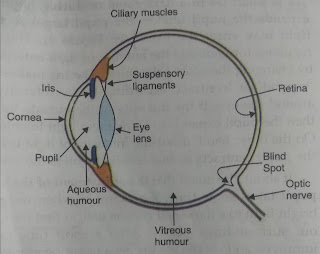GOOD FUELS
WITHOUT AN END TO THE BURNING OF FOSSIL FUELS, COAL ESPECIALLY, MOST OF US WILL LIVE SHORTER LIVES. I AM HOPEFUL BUT VERY, VERY CONCERNED
All your questions like-
- Write it's properties to find whether it is clean fuel or not and Some commercial uses of fuel, will be answered here, enjoy reading.
Some terms before starting-
- CALORIFIC VALUE- The amount of heat produced by burning a unit mass of the fuel completely is known as its CALORIFIC VALUE.
- IGNITION TEMPERATURE- The minimum temperature to which a fuel must be heated so that it may catch fire and start burning, is known as IGNITION TEMPERATURE.
The definition of a good fuel cannot be given in one line or sentence. There are various conditions that makes a fuel good. We also need to keep in mind that, by saying the term 'GOOD FUEL' we are comparing one fuel with another. None of the fuel can be the best, but can be better in comparison to another.
CHARACTERSTICS OF A GOOD FUEL-
- HIGH CALORIFIC VALUE- A good fuel should have a high calorific value. In other words, the fuel should give more heat per unit mass.
- IGNITION TEMPERATURE- The fuel should have proper ignition temperature, so that it can be burned easily. The ignition temperature should neither be too low nor too high, because if the ignition temperature will be low, the fuel will catch fire very easily and therefore it will be very unsafe to use it. Neither the ignition temperature be too high that will make it difficult to ignite the fuel easily.
- CHEAP AND AFFORDABLE- The ideal/good fuel should not be expensive and should by available everywhere so that every one can use the fuel for their betterment.
- SMOOTH- The ideal fuel should burn smoothly at a moderate rate of combustion, also at a steady rate. The fuel should not burn either too fast nor too slow.
- SAFE TO HANDLE, TRANSPORT- The ideal fuel should not create any safety risks during handling and during its transportation.
- NO SMOKE AND HARMFUL GASES- The fuel on combustion(burning) should not produce any smoke nor any harmful gases. If it happens the fuel will not be appropriate due to health risks.
ONE EXAMPLE-
The calorific value and ignition temperature of fuel A are 50kj/g and 25℃ respectively. The values for another fuel B are 55kj/g and 80℃ respectively. On burning of fuel A, CO2, SO2 AND SO3 are by-products while with B, it produces CO2 and H2O. According to you, which will be the ideal fuel.
» Here B will be an ideal fuel as it has moderate ignition temperature which is neither too low nor too high. While, A has very low ignition temperature, which makes it unsafe to use. Also fuel B does not produce any harmful gases on burning, while on the other hand fuel A produces poisonous gases like SO2 and SO3 on burning
THANK YOU FOR READING,
YOUR REVIEWS WILL BE APPRECIATED,
STAY TUNED😊



B will be the ideal fuel
ReplyDelete